Cardiac healthy diet
Rajeswari. P
Incharge Dietician, Kauvery Hospital, Salem, India
*Correspondence: dietary.khs@kauvery.in
What is cardiac diet?
The cardiac diet is an eating plan that can help you minimize the impact of your diet on your heart health. The overall goal is to reduce sodium and fat intake. Too much sodium can increase your blood pressure, leading to hypertension. Hypertension is a major risk factor for heart attacks and other heart problems. Fat, on the other hand, can cause plaque to build up on your artery walls, also leading to heart disease.
Are there other names for this diet?
Other names for the cardiac diet include the heart-healthy diet, the low-sodium diet, and the DASH diet. (DASH stands for dietary approaches to stop hypertension.)
What are the basic guidelines of the cardiac diet?
Here are some guidelines that can help you avoid fat and sodium:
- No more than 25 to 35 percent of your daily calories should come from total fat (this includes saturated fat).
- Less than 7 percent of your daily calories should come from saturated fat.
- Avoid trans fats.
- Consume less than 200 milligrams a day of dietary cholesterol.
- Limit your salt intake; aim for less than 2 grams of sodium per day or less
- Drink alcohol in moderation: one serving per day for women and two per day for men. (One serving is equal to 12 ounces of beer, 5 ounces of wine, and 1.5 ounces of distilled spirits.)
What are some tips for people on the cardiac diet?
Choose heart-healthy carbohydrates.
- Increase your viscous (soluble) fiber intake with foods such as Brussels sprouts, sweet potatoes, turnips, apricots, mangoes, oranges, legumes, barley, oats, and oat bran. Aim for 5 to 10 grams daily. As you increase your fiber intake gradually, also increase the amount of water you drink. This will help you avoid problems with gas.
- Limit refined carbohydrates, such as table sugar, sweets, and beverages sweetened with added sugar.
Choose heart healthy fats.
- Decrease saturated fat by choosing lean protein and low-fat dairy products.
- Monounsaturated fats and omega-3 polyunsaturated fats are good for your heart’s health. Choose nuts, avocados, olives, or olive oil to get monounsaturated fat. Use canola, soybean, or walnut oil to get omega-3 fats.
Reduce fat through your protein choices.
- Bake, broil, roast, stew, or stir-fry very lean cuts of beef or pork, such as those labeled “loin” or “round,” as well as fish and poultry.
- Take the skin off poultry (such as chicken or turkey) before serving it.
- Get protein from plant foods (such as soy, dried beans and legumes, nuts, and seeds) or egg whites instead of meat.
Cut back on sodium.
- Cook foods at home to take charge of the salt content in what you eat.
- When you buy canned goods, select no-sodium or low-sodium options.
- Use as little salt in cooking as possible. You can cut at least half of the salt from most recipes.
First, the basics. There are two types of grain products:
- Whole grains contain the entire grain – which is made up of bran, germ and endosperm.
- Refined grains have been milled (ground into flour or meal) in a way that removes the bran and germ. This gives them a finer texture and improves their shelf life but strips the grain of important nutrients you need, including B-vitamins, iron and dietary fiber. Examples include white and wheat flours, white bread, and white rice. Now, refined grains are often enriched, which means some of the B vitamins and iron are added back in after processing. While that’s good, fiber might not be added back.
So when it comes to your health, choose whole grains and other foods made up of mostly whole grains. Here’s why:
- Many whole grains are good sources of dietary fiber, which we all need. Most refined grains contain little or no fiber.
- Dietary fiber can help improve blood cholesterol levels and lower your risk of heart disease, stroke, obesity and even type 2 diabetes. Fiber for the win!
- And here’s an awesome bonus if you’re trying to lose weight: fiber can help you feel full, so you’ll be satisfied with fewer calories.
- In addition to fiber, grains provide nutrients like thiamin (Vitamin B1), riboflavin (Vitamin B2), niacin (Vitamin B3), folate (Vitamin B9), iron, magnesium and selenium. These are all important for a variety of body functions such as forming new cells, carrying oxygen in the blood, regulating the thyroid, and maintaining a healthy immune system. Pretty important stuff!
What are the foods you can eat on the cardiac diet?
| FOOD GROUPS | FOODS TO INCLUDE |
| Milk and Dairy Products | Fat-free or 1 percent milk, yogurt, or cottage cheese Fat-free and low-fat cheese |
| Vegetables | All fresh vegetables All frozen vegetables Low-sodium canned vegetables (should be drained and rinsed) |
| Fruit and Juices | All fresh fruit |
| Breads and Grains | Whole-wheat products, including bread, pasta, crackers, and cereals Brown rice Oats Quinoa Barley Low-fat crackers and pretzels Plain air-popped popcorn |
| Meats and Other Proteins | Lean cuts of beef and pork (loin, leg, round, and extra-lean ground meat) Skinless poultry Fish Venison and other wild game Dried beans and peas Nuts and nut butters Meat alternatives made with soy or textured vegetable protein Egg whites or egg substitute Cold cuts made with lean meat or soy protein |
| Fats and Oils | Unsaturated oils (olive, peanut, soy, sunflower, and canola) Soft or liquid margarines and vegetable oil spreads Salad dressings Seeds and nuts Avocados |
| Beverages | Water Sparkling water Tea Coffee |
What are the foods to avoid on the cardiac diet?
If you are following the cardiac diet, the major foods to watch are salt and saturated fat. Saturated fats are usually animal-based sources of fat, such as butter and lard.
| FOOD GROUPS | FOODS TO AVOID |
| Milk and Dairy Products | Whole milk 2 percent milk Whole-milk yogurt or ice cream Cream Half-and-half Cream cheese Sour cream Cheese |
| Vegetables | Fried vegetables Vegetables prepared with butter, cheese, or a cream sauce |
| Fruit and Juices | Fried fruits Fruits served with butter or cream |
| Breads and Grains | High-fat bakery products, such as doughnuts, biscuits, croissants, pastries, pies, and cookies Snacks made with partially hydrogenated oils, including chips, cheese puffs, snack mixes, regular crackers, and butter-flavored popcorn |
| Meats and Other Proteins | Higher-fat cuts of meat (ribs, T-bone steak, and regular ground meat) Bacon Sausage Cold cuts, such as salami or bologna Corned beef Hot dogs Organ meats (liver, brains, and sweetbreads) Poultry with skin Fried meat, poultry, and fish Whole eggs and egg yolks |
| Fats and Oils | Butter Stick margarine Shortening Partially hydrogenated oils Tropical oils (coconut, palm, and palm kernel) |
21 Foods That Can Save Your Heart
1. Fresh Herbs
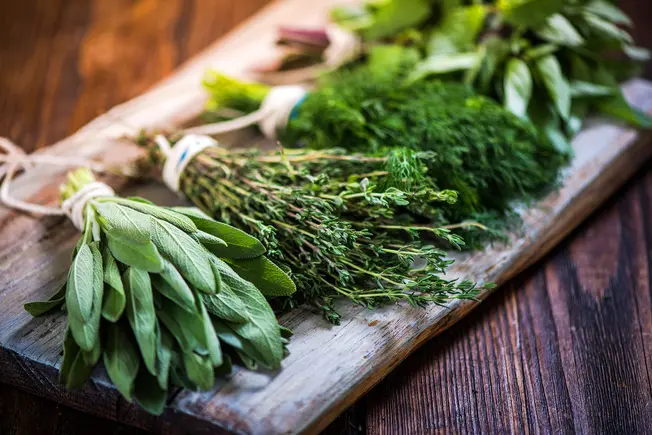
When you add these to foods instead of salt and fat, you’re making a heart-healthy choice. They add flavor without the bad stuff. Spices and other foods are delicious ways to eat heart-smart.
2. Black Beans
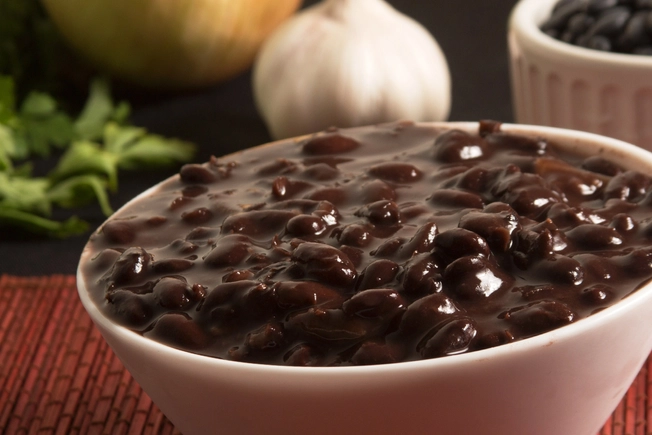
Mild, tender black beans are packed with heart-healthy nutrients. Folate, antioxidants, and magnesium can help lower blood pressure. Their fiber helps control both cholesterol and blood sugar levels. Add beans to boost soups and salads.
3. Salmon: Super Food
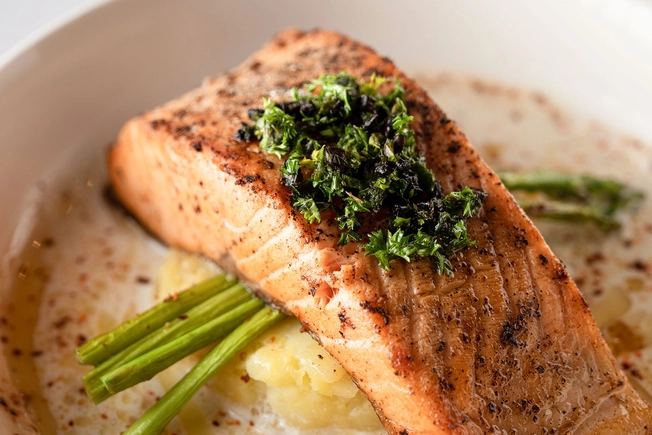
A top food for heart health, it’s rich in omega-3s. Omega-3s are healthy fats that may lessen the risk of heart rhythm disorders and lower blood pressure. They may also lower triglycerides and curb inflammation.
Tuna for Omega-3s
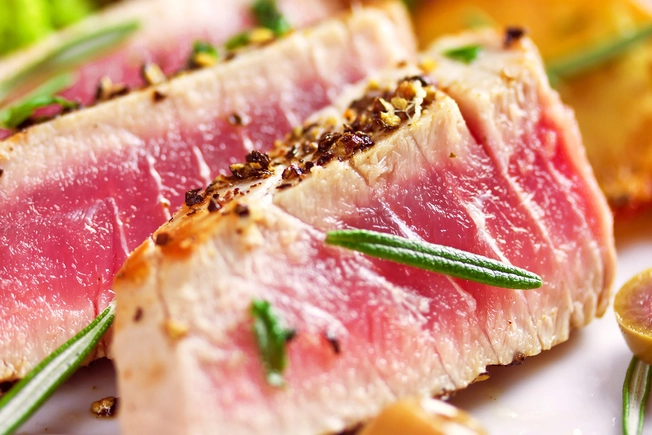
Often cheaper than salmon, tuna also has omega-3s. Albacore (white tuna) has more omega-3s than other tuna varieties. Try grilling tuna steak with dill and lemon. Reel in these other sources of omega-3s, too: mackerel, herring, lake trout, sardines, and anchovies.
4. Olive Oil
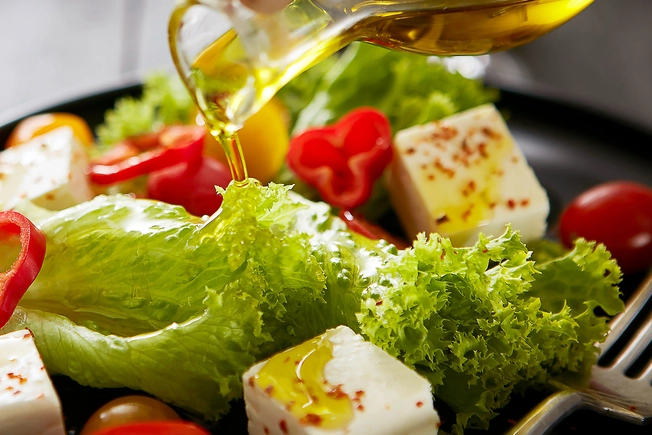
This oil is a healthy fat made from smashed olives. It’s rich in heart-healthy antioxidants. They may protect your blood vessels. When olive oil replaces saturated fat (like butter), it can help lower cholesterol levels.
5. Walnuts
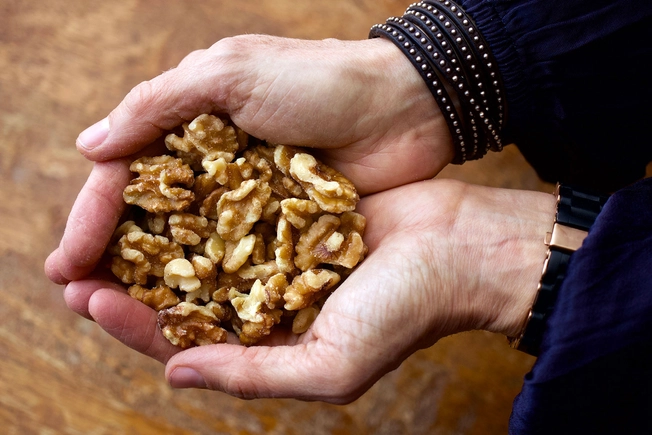
A small handful of walnuts a day may lower your cholesterol. It may also protect against inflammation in your heart’s arteries. Walnuts are packed with omega-3s, healthy fats called monounsaturated fats,
plant sterols
, and fiber.
6. Almonds
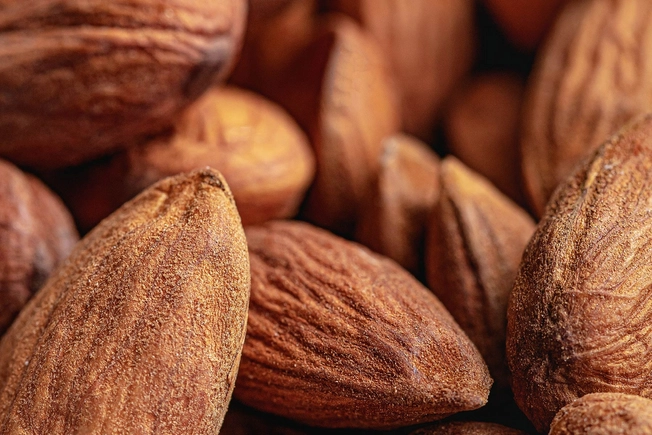
Slivered almonds go well with vegetables, fish, chicken, and desserts. They have plant sterols, fiber, and heart-healthy fats. Almonds may help lower “bad” LDL cholesterol. Grab a small handful a day.
7. Edamame
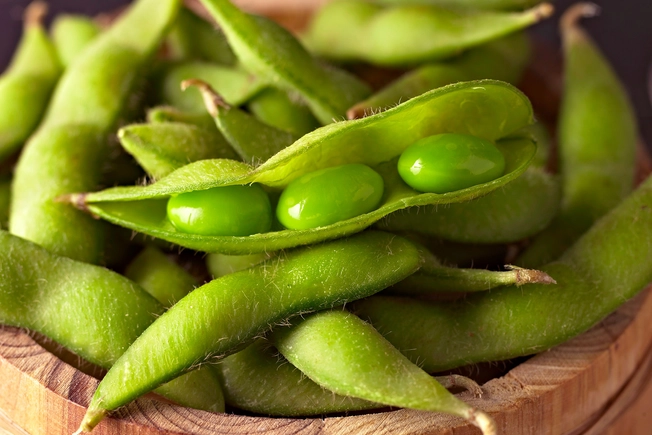
You may have seen these as an appetizer at an Asian restaurant. Edamame is the Japanese word for soybeans. Soy protein can help lower cholesterol levels. A cup of edamame also has 8 grams of heart-healthy fiber. To get that much fiber from whole wheat bread, you’d need to eat about four slices.
8. Tofu
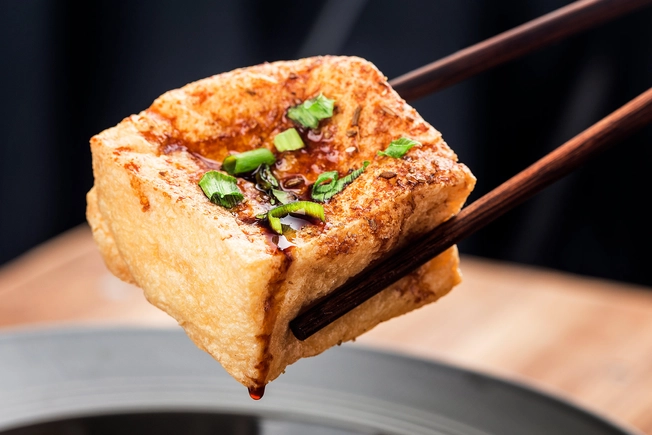
Eat tofu and you’ll get a great form of vegetarian soy protein with heart-healthy minerals, fiber, and polyunsaturated fats.
9. Sweet Potatoes
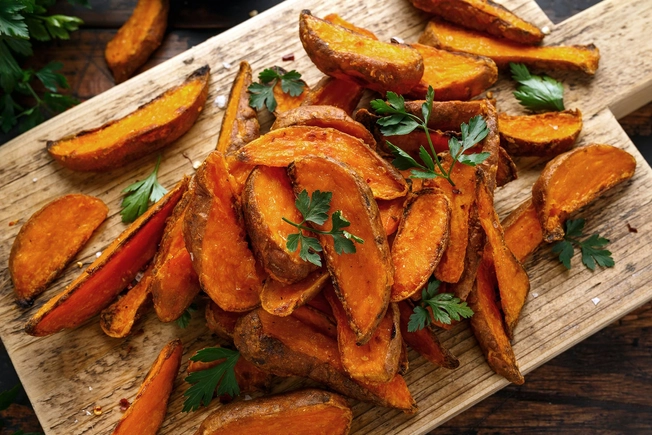
Swap white potatoes for sweet potatoes. With a lower glycemic index than white potatoes, these spuds won’t cause a quick spike in blood sugar. They also have fiber, vitamin A, and lycopene.
10. Oranges
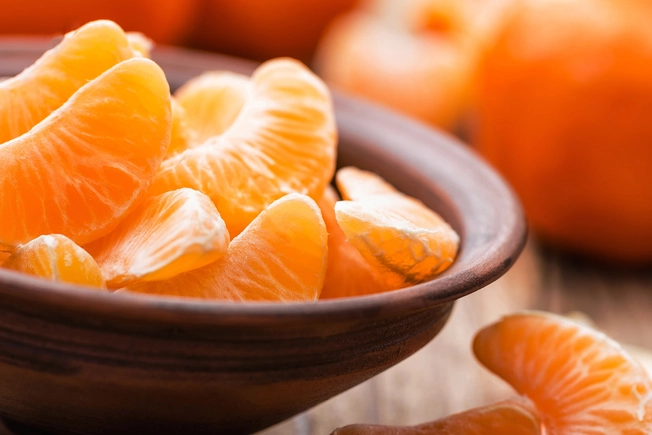
Sweet and juicy, oranges have the cholesterol-fighting fiberpectin. They also have potassium, which helps control blood pressure. In one study, 2 cups of Orange Juice a day boosted blood vessel health. It also lowered blood pressure.
11. Swiss Chard
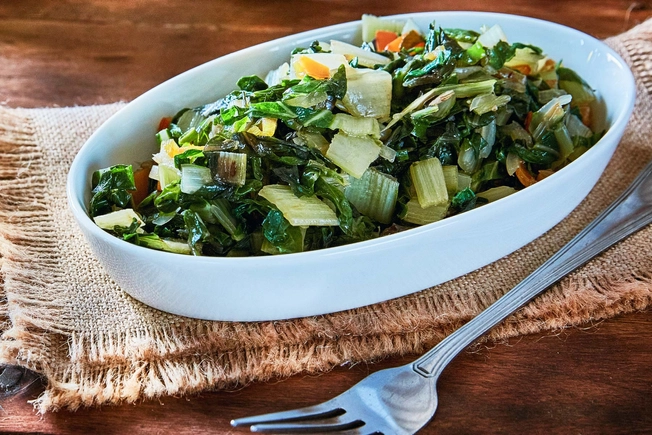
This dark green, leafy vegetable is rich in potassium and
magnesium. These minerals help control blood pressure. Swiss chard also has heart-healthy fiber, vitamin A, and the antioxidants lutein and zeaxanthin.
12. Barley
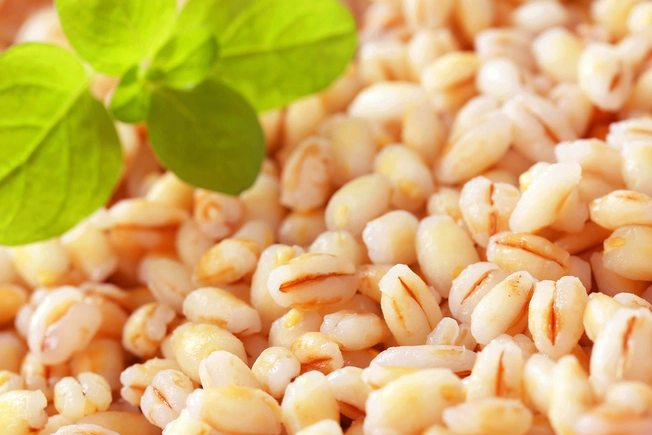
Try this nutty whole grain in place of rice. You can also simmerbarley into soups and stews. The fiber in barley can help lower cholesterol levels. It may lower blood sugar levels, too.
13. Oatmeal
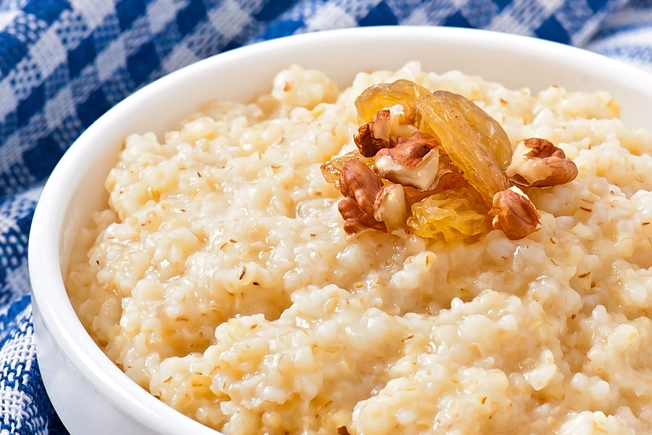
A warm bowl of oatmeal fills you up for hours, fights snack attacks, and helps keep blood sugar levels stable over time – making it useful for people with diabetes, too. Oats’ fiber can help your heart by lowering bad cholesterol (LDL). Best results come from using steel cut or slow cooked oats.
14. Flaxseed
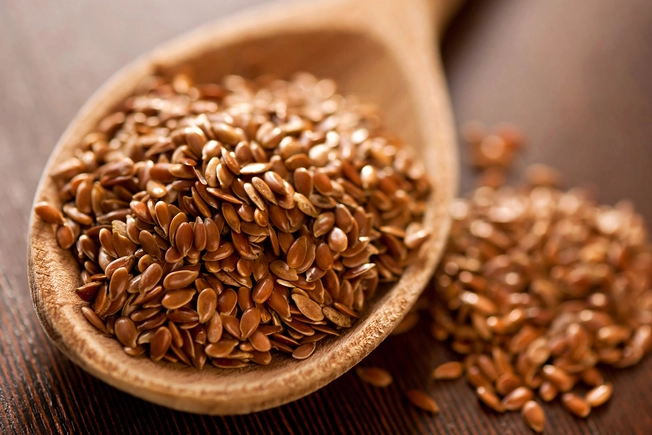
This shiny, honey-colored seed has three things that are good for your heart: fiber, phytochemicals called lignans, and omega-3 fatty acids.
15. Low-Fat Yogurt
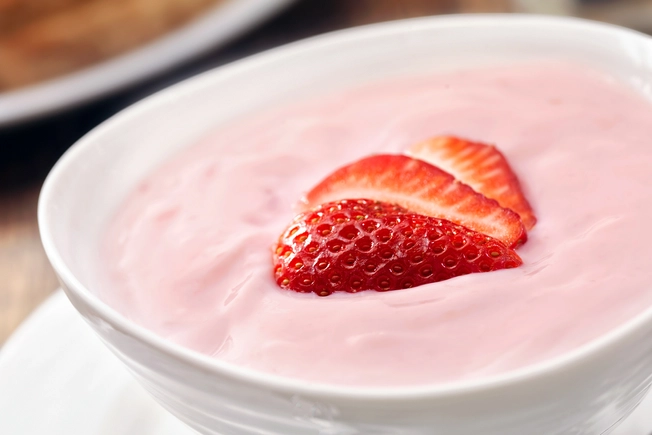
When you think of dairy foods, you probably think, “Good for my bones!” These foods can help control high blood pressure, too. Yogurt is high in calcium and potassium. To really boost the calcium and minimize the fat, choose low-fat varieties.
16. Foods Fortified With Sterols
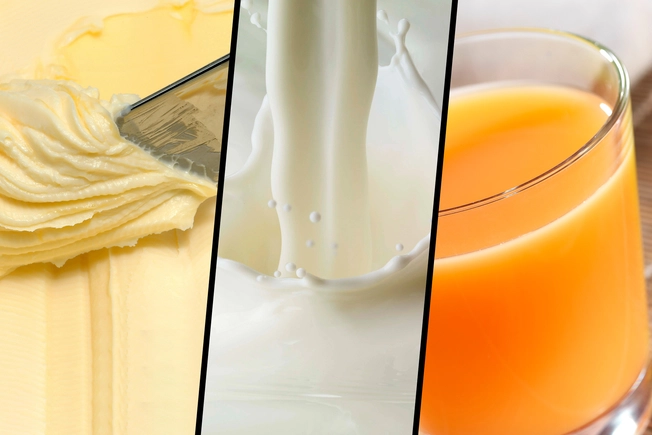
Some margarines, soy milks, almond milks, and orange juices have cholesterol-fighting sterols and stanols added. These plant extracts block your gut from soaking up cholesterol. They can lower LDL levels by 10% without messing with good cholesterol.
17. Cherries
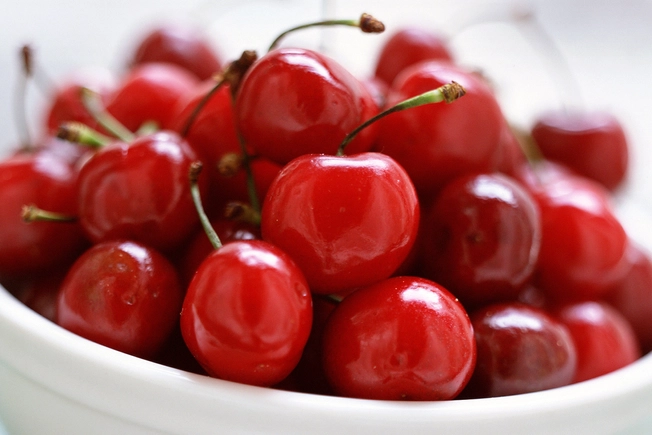
Sweet cherries, sour cherries, dried cherries, and cherry juice – they’re all good. All are packed with an antioxidants called anthocyanins. They’re believed to help protect blood vessels.
18. Blueberries
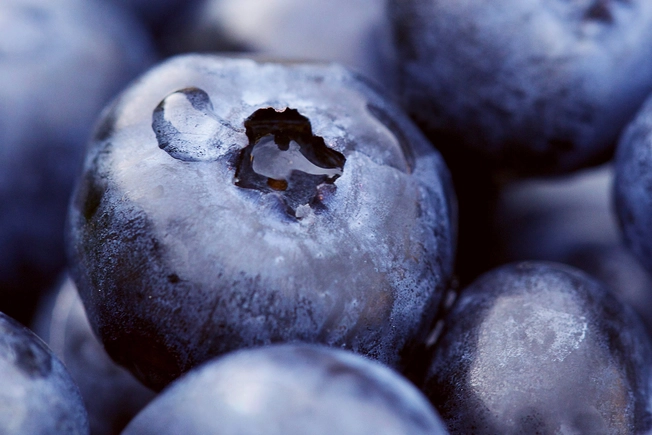
Blueberries are simply brilliant when it comes to nutrition. They’ve got anthocyanins, those blood vessel-helping antioxidants. Those antioxidants give the berries their dark blue color. Blueberries also have fiber and more than a handful of other great nutrients. Add fresh or dried blueberries to cereal, pancakes, or yogurt.
19. Dark Leafy Greens
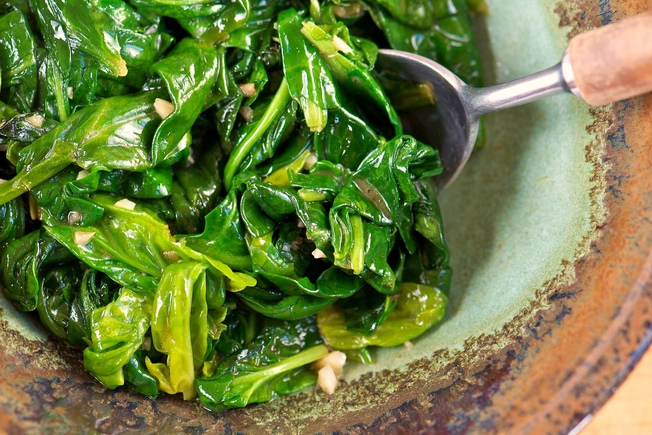
They’re full of vitamins and minerals. They’re also high in nitrates, a substance that helps to open blood vessels so oxygen-rich blood can reach your heart.
20. Red Wine and Resveratrol

If you drink alcohol, a little red wine may be a heart-healthy choice. Resveratrol and catechins, two antioxidants in red wine, may protect artery walls. Alcohol can also boost HDL, the good cholesterol.
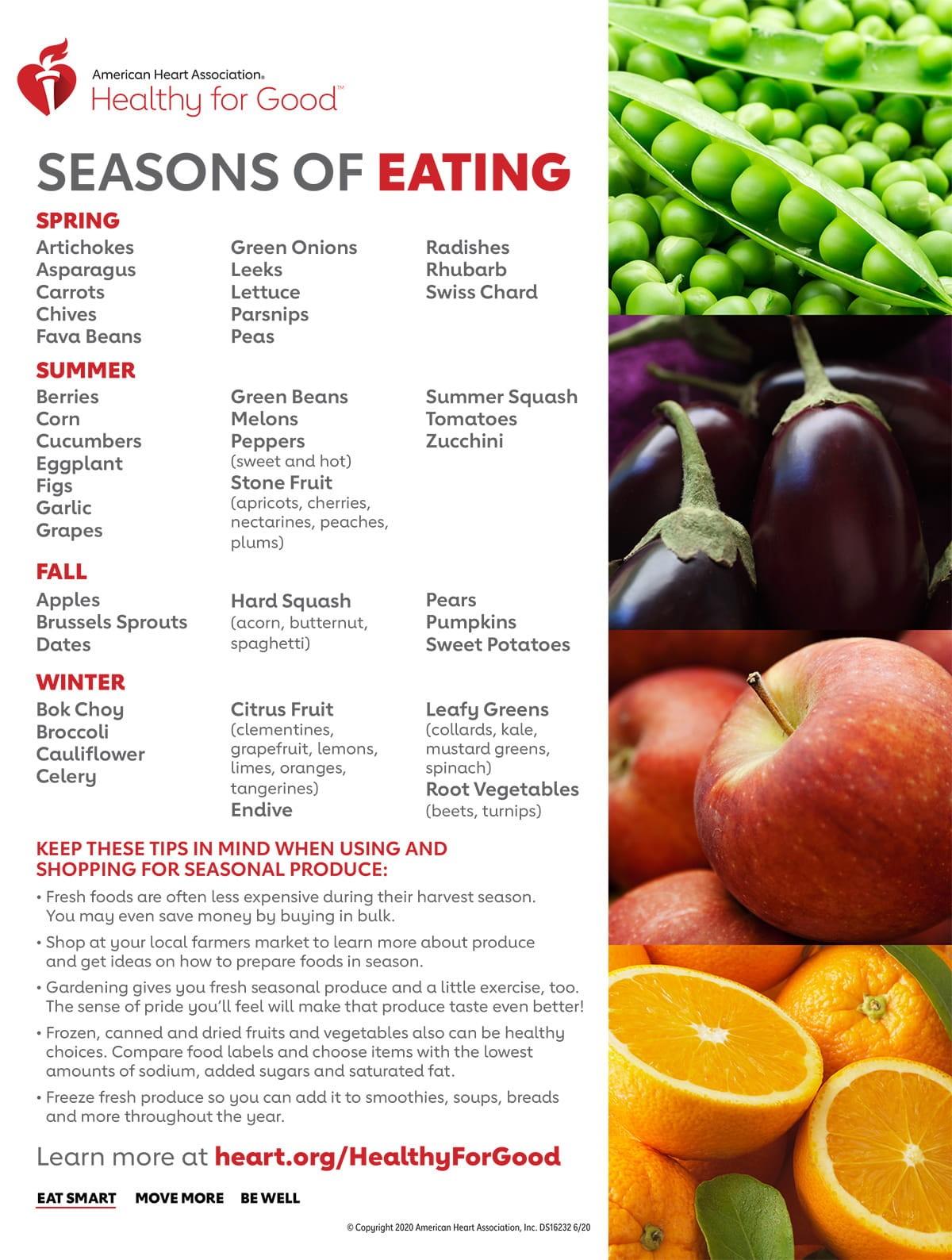
Can I use salt substitutes on the cardiac diet?
Check with your doctor before using any salt substitutes. These products contain large amounts of potassium that your doctor may not want you to have. In particular, people with kidney problems or those taking potassium-sparing diuretics need to take care with potassium. Other salt substitutes, such as Mrs. Dash, do not contain potassium and are safe for everyone.
Sodium claims
Phrases like “low sodium” and “reduced saturated fat” refer to specific measurements. Here’s a key to understanding those terms:
- Light in sodium means at least 50 percent less sodium than the full-sodium product.
- Reduced sodium means at least 25 percent less sodium than the regular product (beware as the sodium content may still be high).
- Low sodium means 140 milligrams of sodium of less.
- Very low sodium means 35 milligrams of sodium or less.
- Sodium free or salt free means less than 5 milligrams of sodium.
Saturated fat claims:
How do I know what foods are the right amount of salt or saturated fat? Here are a few tips for reading saturated fat labels.
- Reduced saturated fat means at least 25 percent less saturated fat and reduced by more than 1 gram of fat compared with the full-fat product.
- Low in saturated fat means 1 gram of saturated fat or less and no more than 15 percent calories from saturated fat.
- Saturated fat free means less than 0.5 grams of saturated fat and less than 0.5 grams of trans fatty acids.
Try and choose foods with less than 5 grams of total fat per serving, less than 2 grams of saturated fat per serving, and 0 grams of trans fat per serving.
Are there medications to avoid while on the cardiac diet?
If you have been prescribed a blood thinner, such as warfarin (CoumadinⓇ, JantovenⓇ),Acitrom. This will help to prevent blood clots and bleeding. So avoid food rich in vitamin K.

